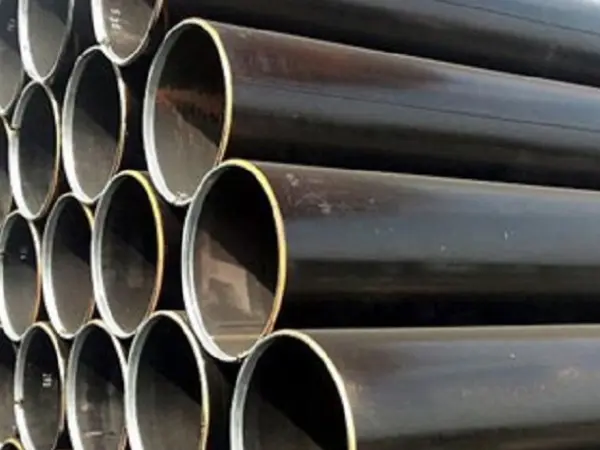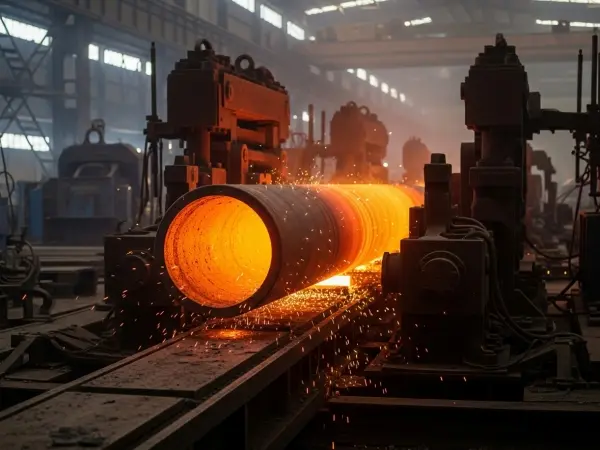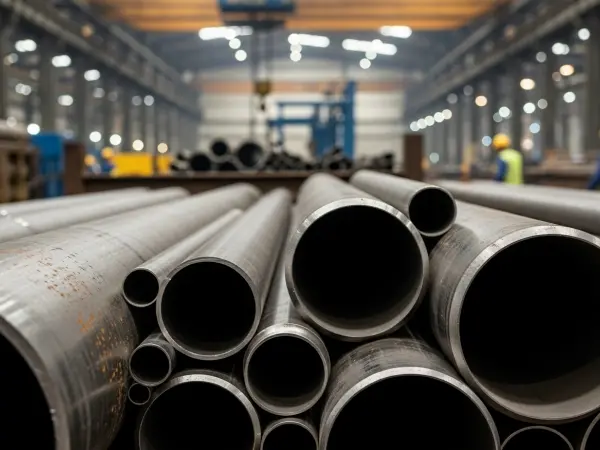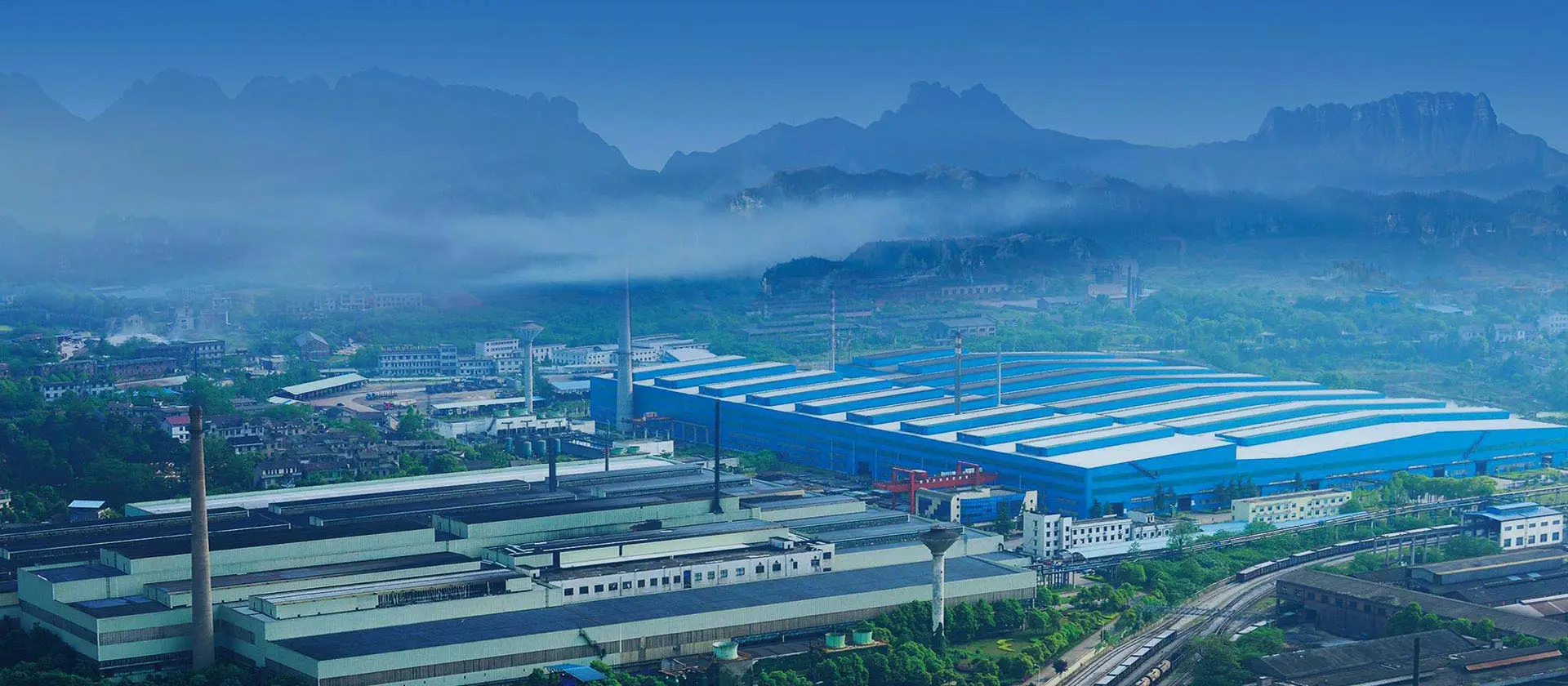
Seamless boiler tubes are critical components in industrial boilers, power plants, and heating systems. Due to their high-pressure and high-temperature applications, these tubes must undergo rigorous testing to ensure durability and safety. One of the most essential tests is the hydrostatic pressure test for pipes, which evaluates the structural integrity of boiler seamless tubes under extreme conditions.
In this article, we will explore the importance of hydrostatic testing, the procedure involved, and why seamless boiler tube manufacturers prioritize this quality control measure.
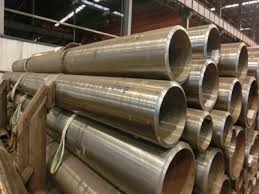
Seamless boiler tubes are designed to withstand high-pressure steam and heat, making failure prevention crucial. The hydrostatic pressure test for pipes helps detect leaks, weak spots, or material defects that could lead to catastrophic failures in real-world applications.
Key benefits of hydrostatic testing include:
· Ensuring leak-proof performance – Verifies that tubes can hold pressure without seepage.
· Identifying manufacturing defects – Detects cracks, porosity, or weak welds (if applicable).
· Compliance with industry standards – Meets ASME, ASTM, and other regulatory requirements.
The hydrostatic pressure test for pipes follows a standardized procedure to ensure accuracy and safety:
1. Preparation – The seamless boiler tube is cleaned and inspected for visible defects.
2. Filling with water – The tube is filled with water, and air is purged to avoid pressure inconsistencies.
3. Pressurization – Water pressure is gradually increased to 1.5 times the tube’s working pressure (or as per applicable standards).
4. Holding pressure – The pressure is maintained for a specified duration (typically 10-30 seconds).
5. Inspection – The tube is examined for leaks, bulges, or deformation.
6. Draining & drying – After passing the test, the tube is emptied and dried to prevent corrosion.
To ensure reliability, boiler seamless tubes must comply with international standards, including:
· ASME (American Society of Mechanical Engineers) – Specifies pressure limits and testing methods.
· ASTM A192 / A213 – Covers material requirements for high-pressure seamless boiler tubes.
· EN 10216 & ISO 9329 – European and international standards for pressure vessel tubes.
Manufacturers must adhere to these guidelines to guarantee the safety and performance of their products.
The hydrostatic pressure test for pipes is a vital quality assurance step in the production of seamless boiler tubes. By subjecting boiler seamless tubes to extreme pressures, manufacturers can ensure they meet safety standards and perform reliably in demanding environments.
Whether for power generation, industrial heating, or chemical processing, properly tested seamless boiler tube systems are essential for operational efficiency and accident prevention. Always verify that your supplier conducts thorough hydrostatic testing to guarantee long-lasting, high-performance tubing solutions.
